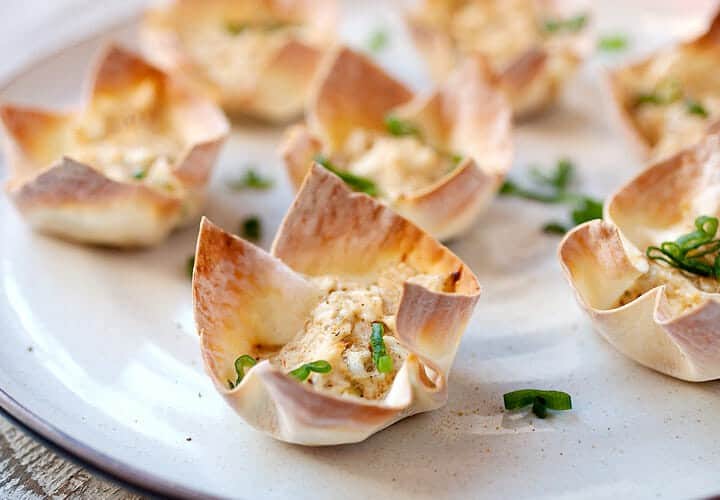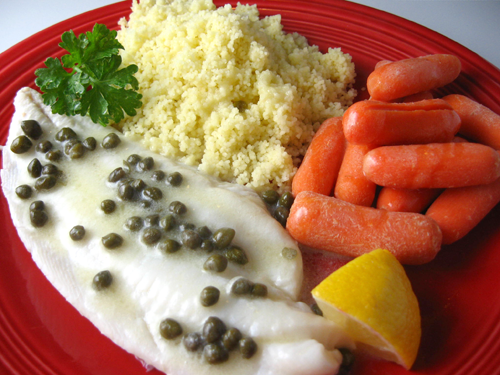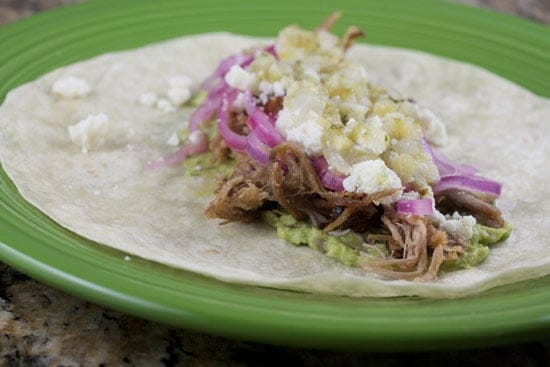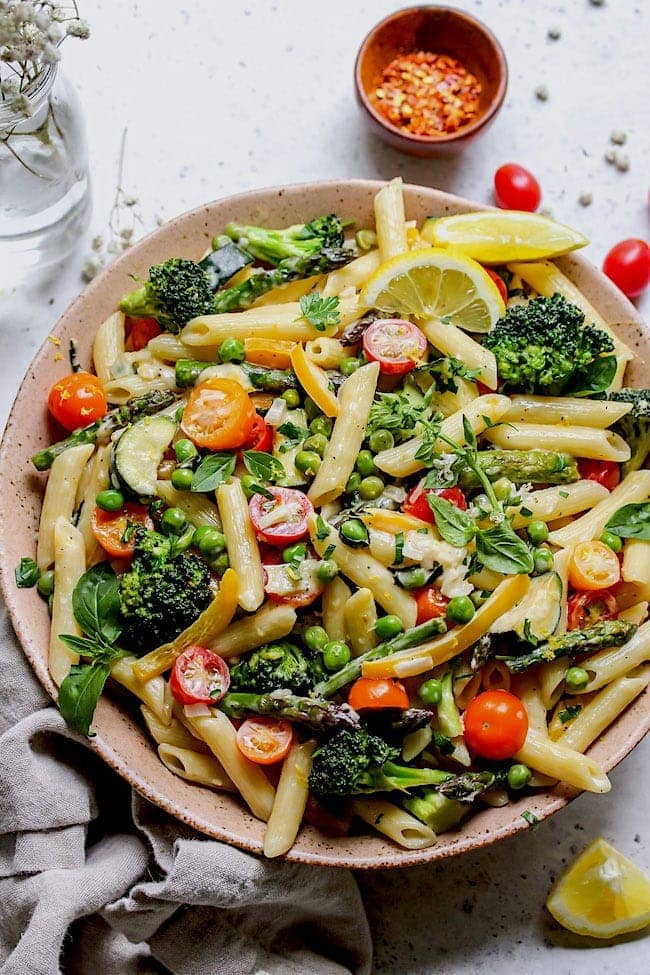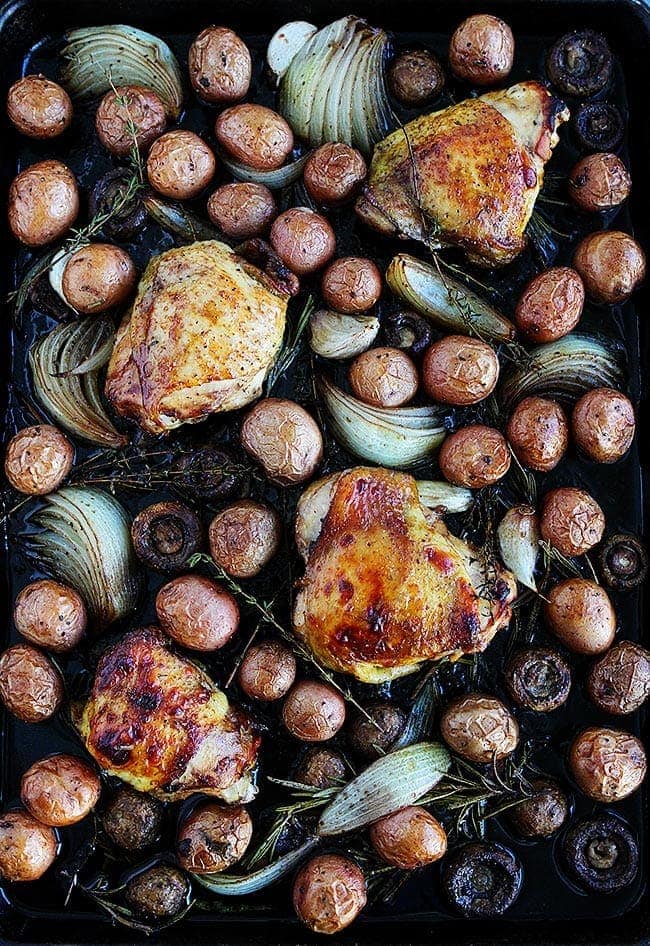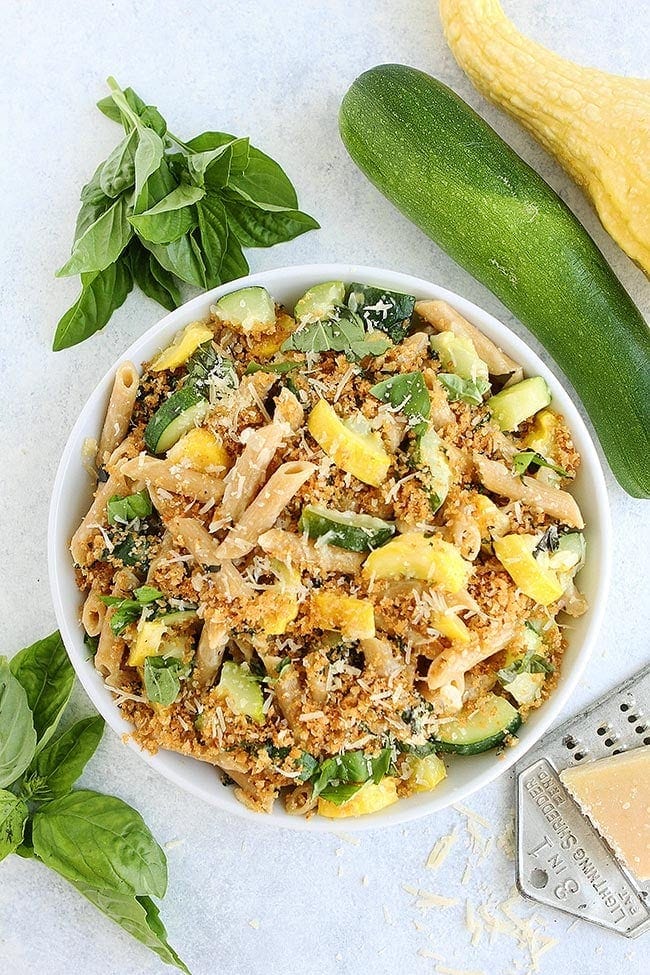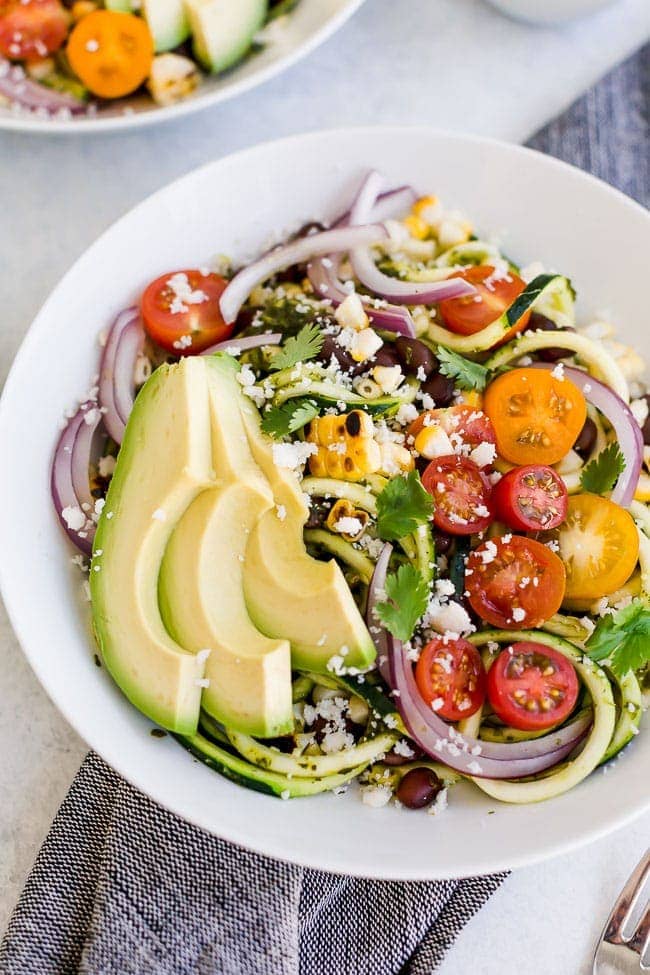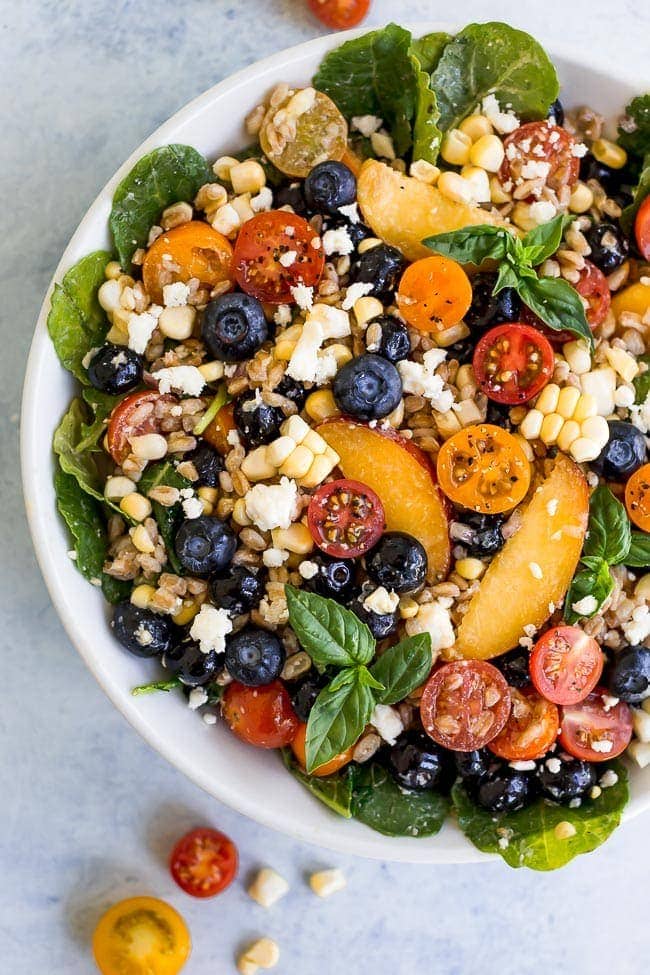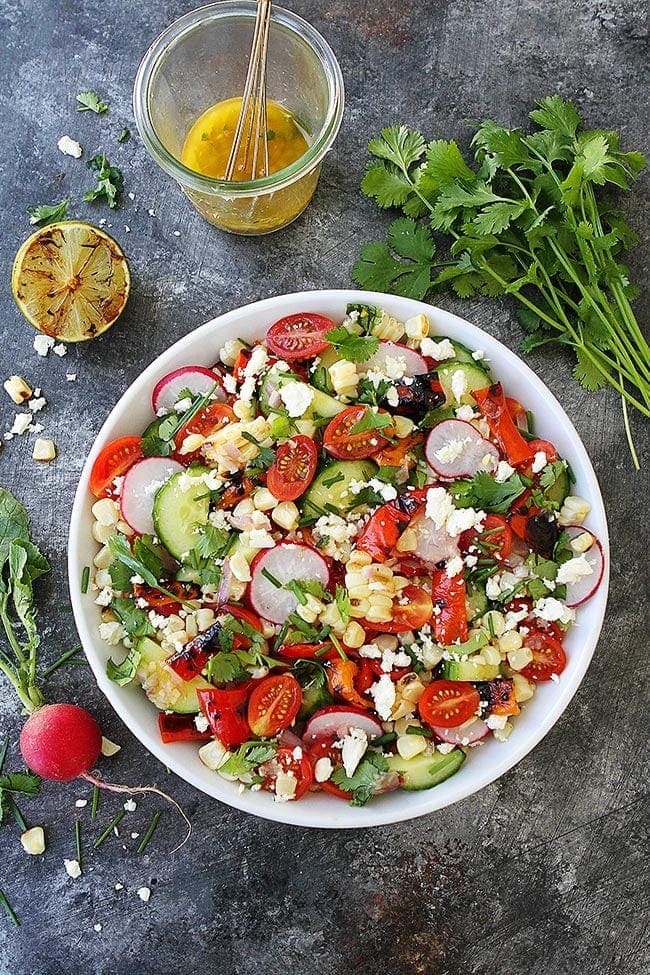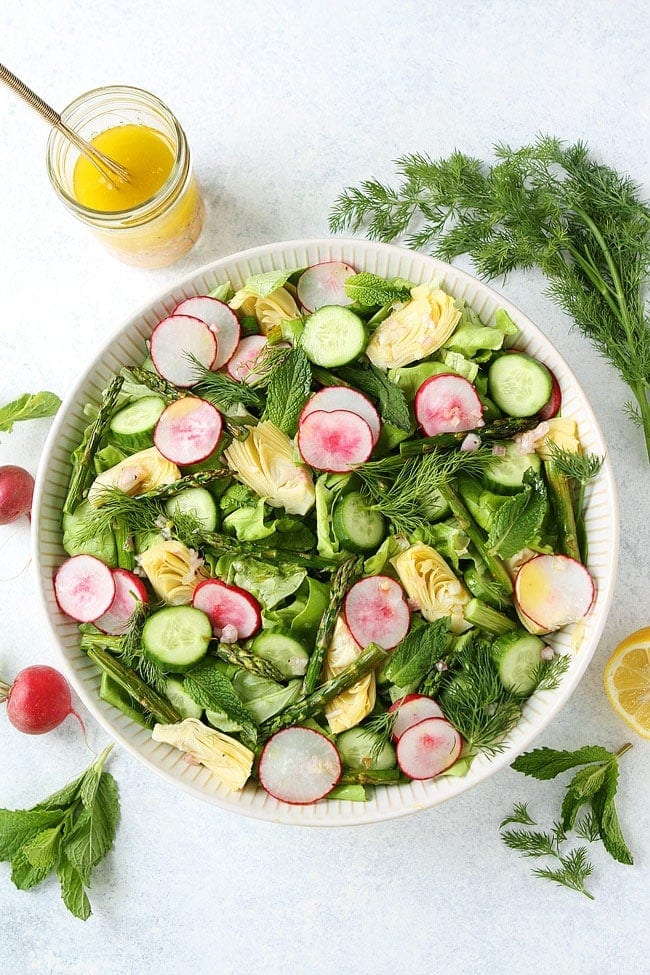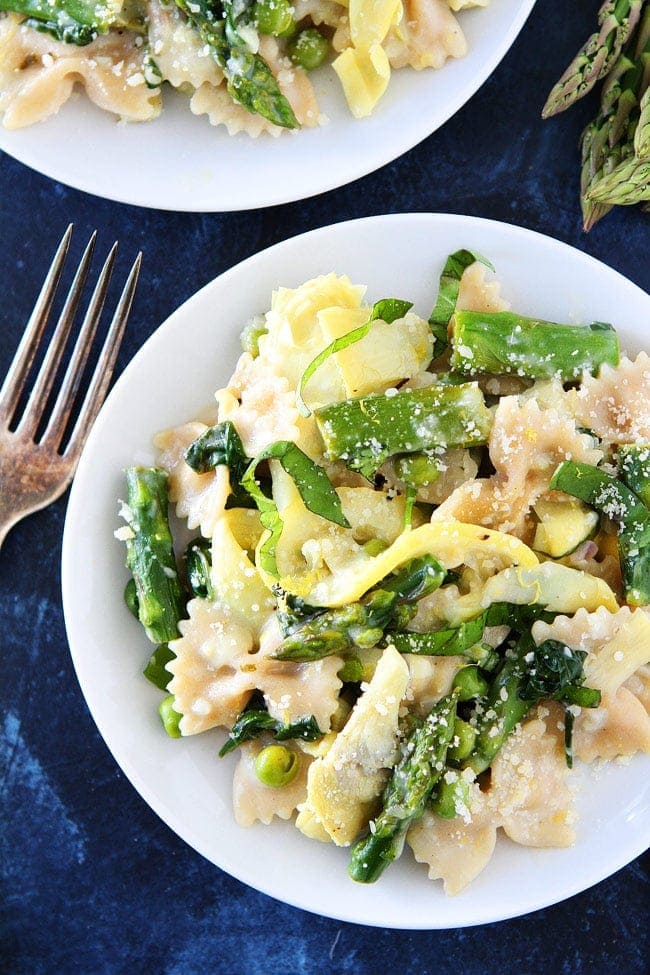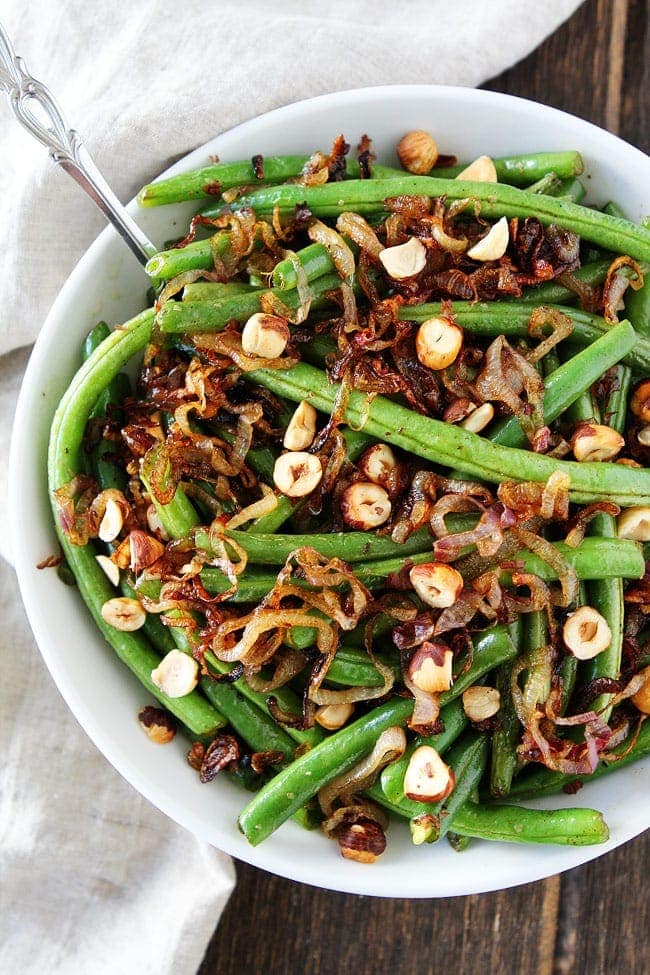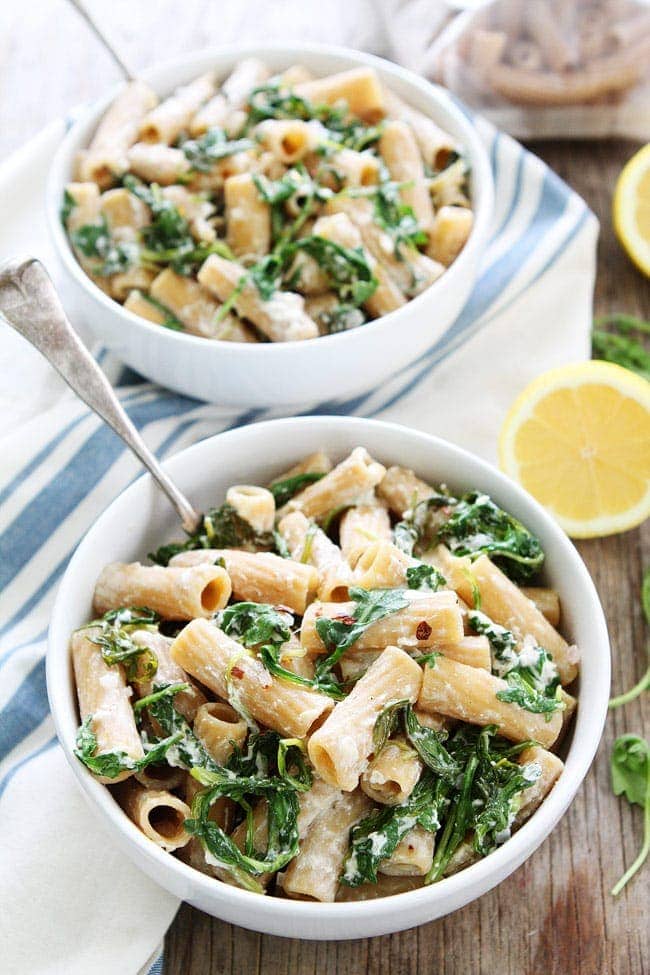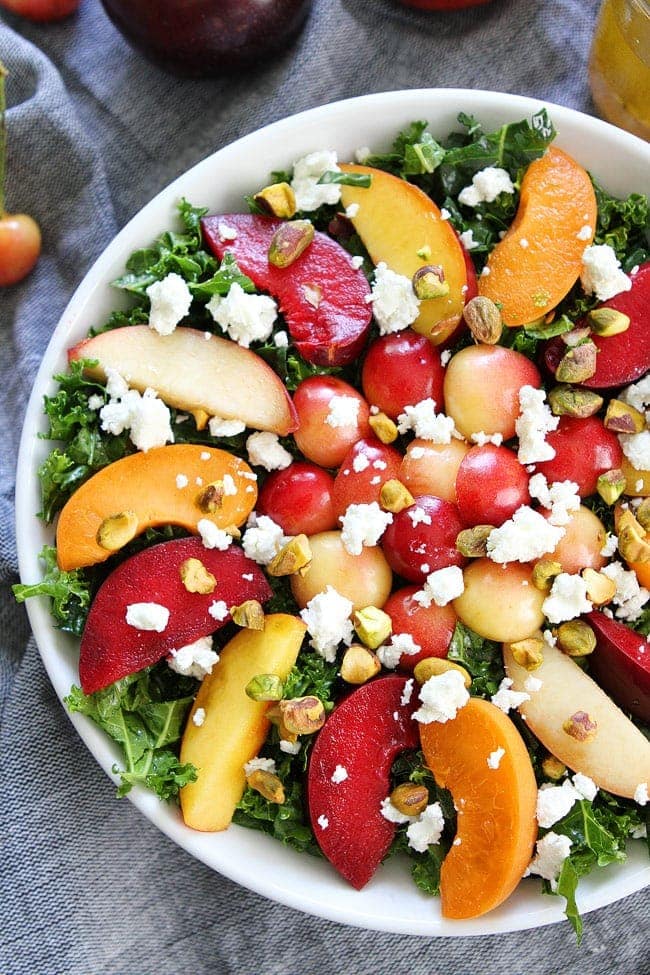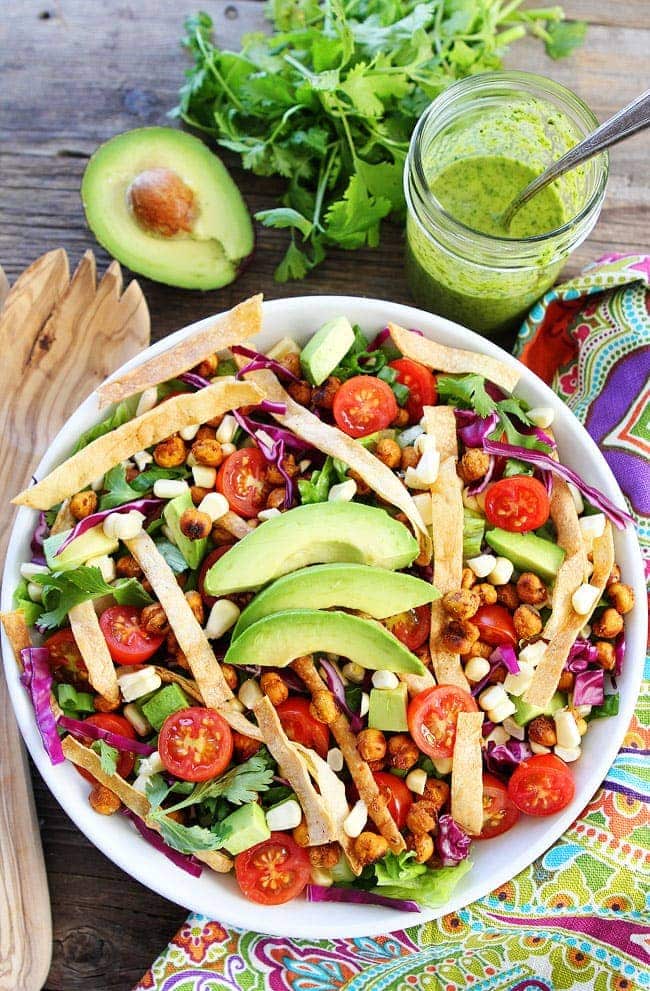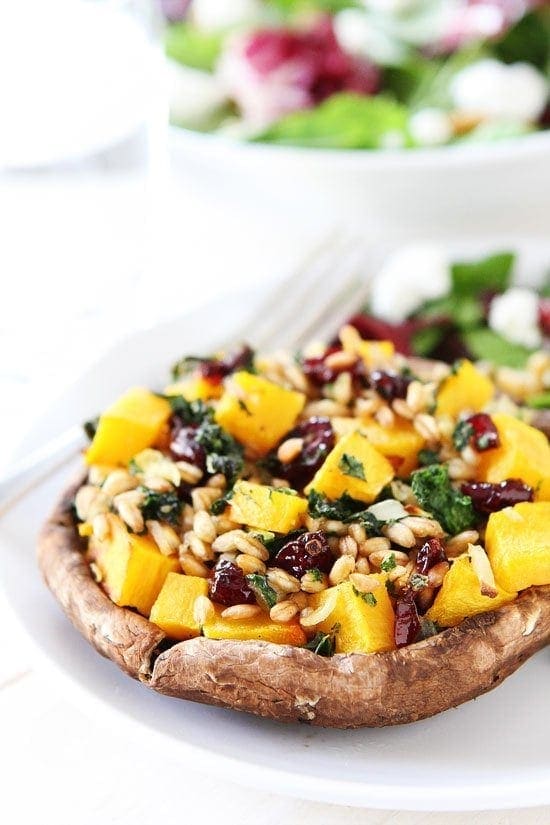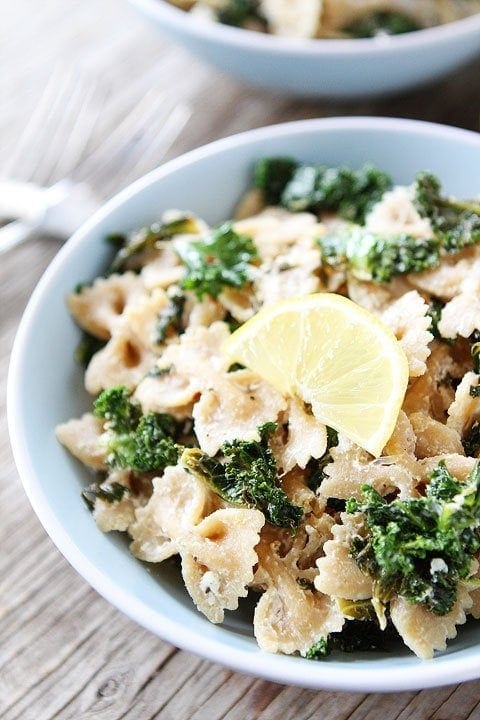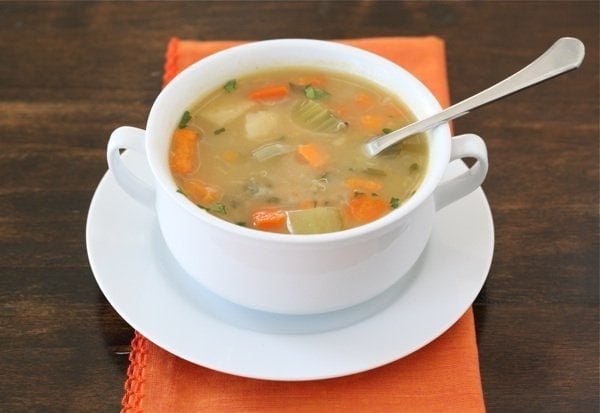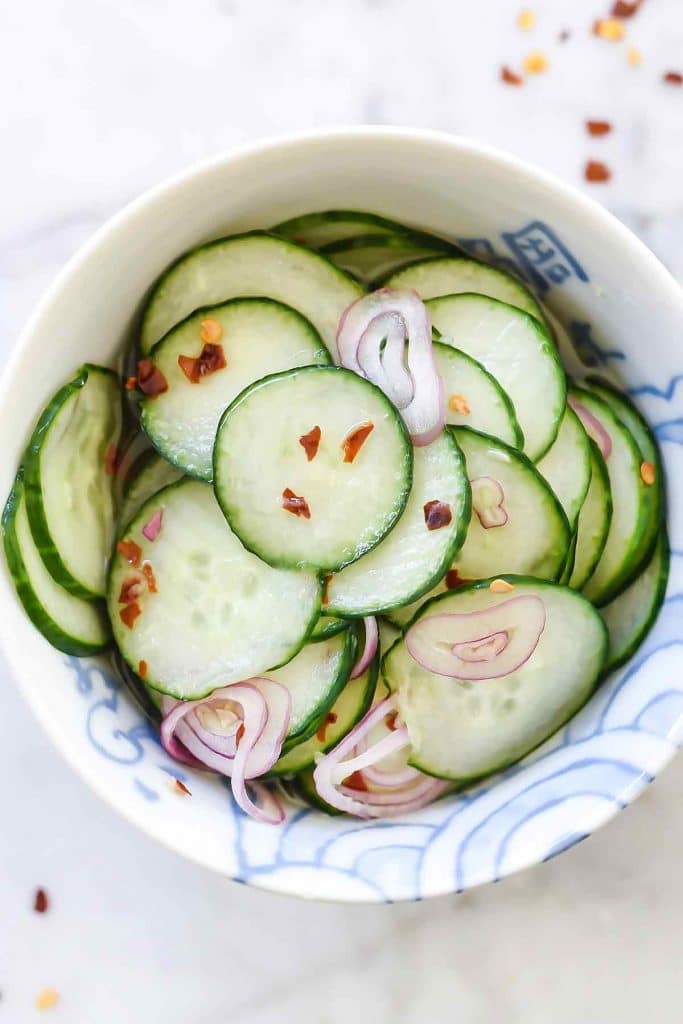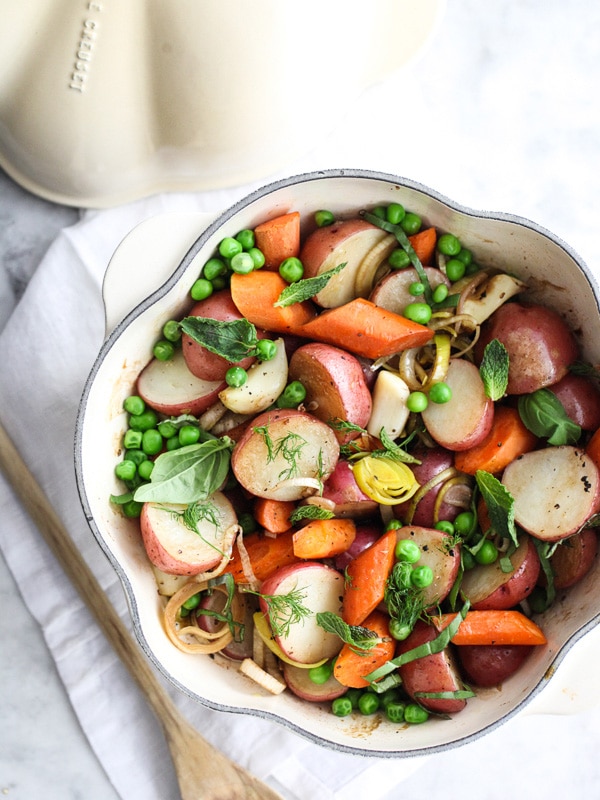Shallots: Important Facts, Health Benefits, and Recipes
Explore the world of shallots with our ultimate guide, covering their history, health benefits, culinary uses, and storage tips to enhance your cooking and well-being.
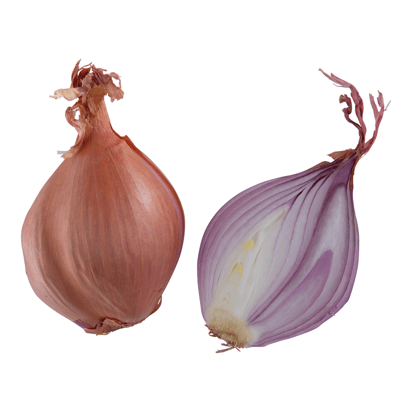
Best Shallots Recipes
-

-
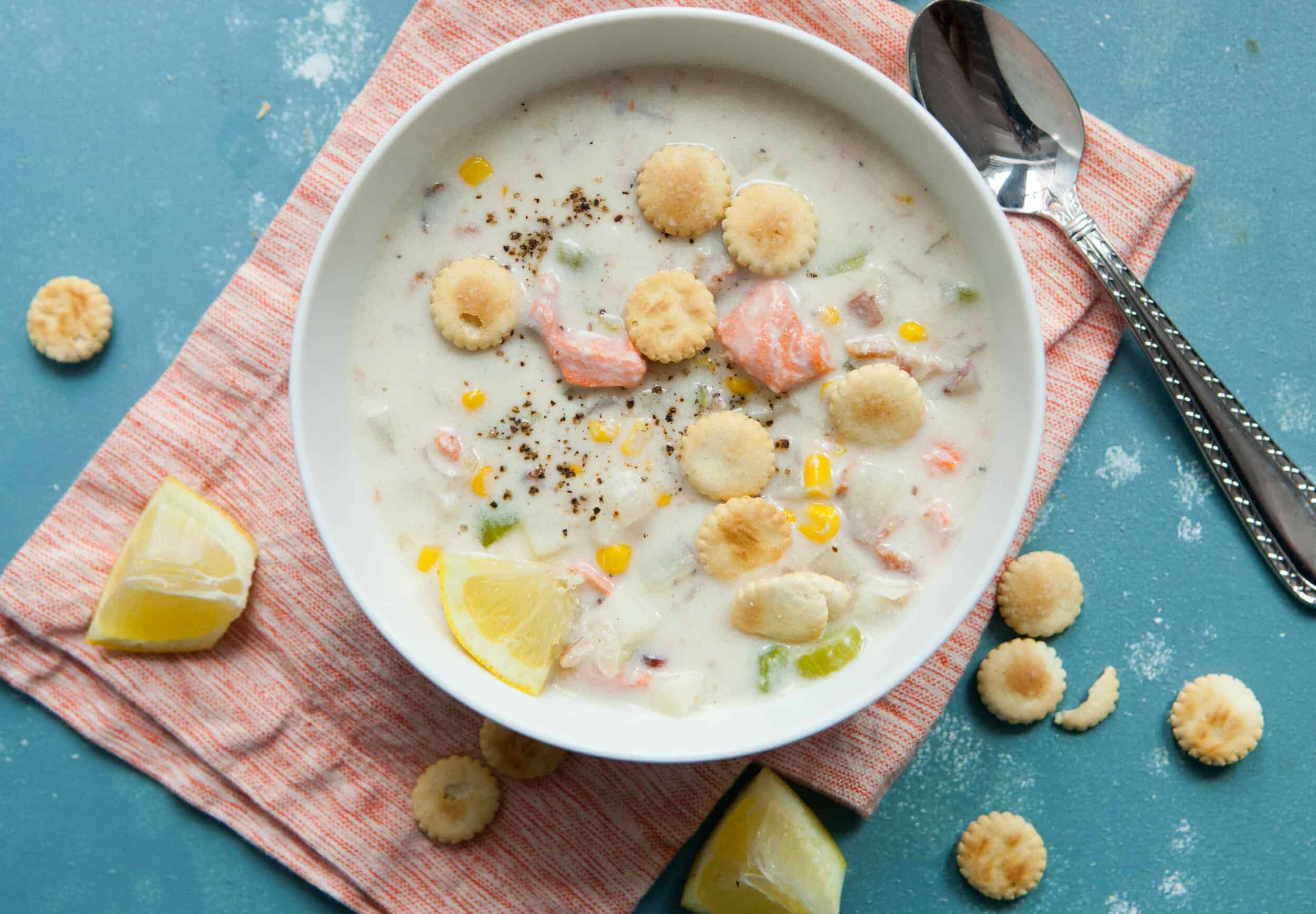
-
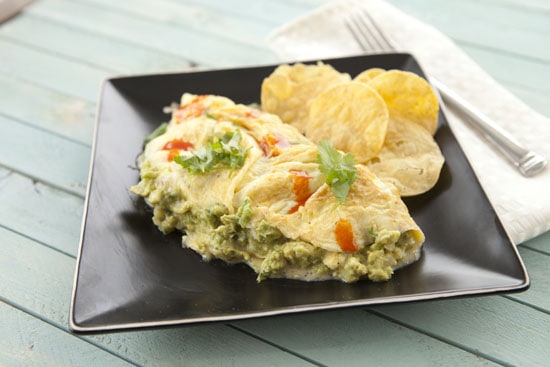
-
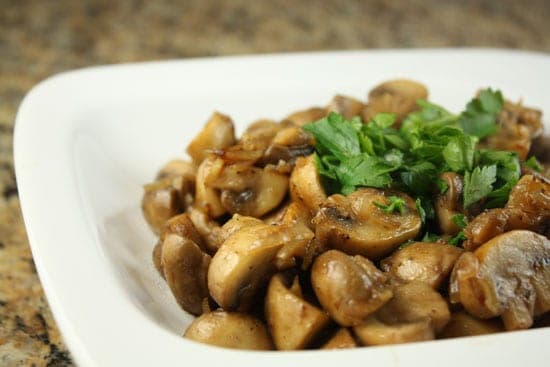
-

-
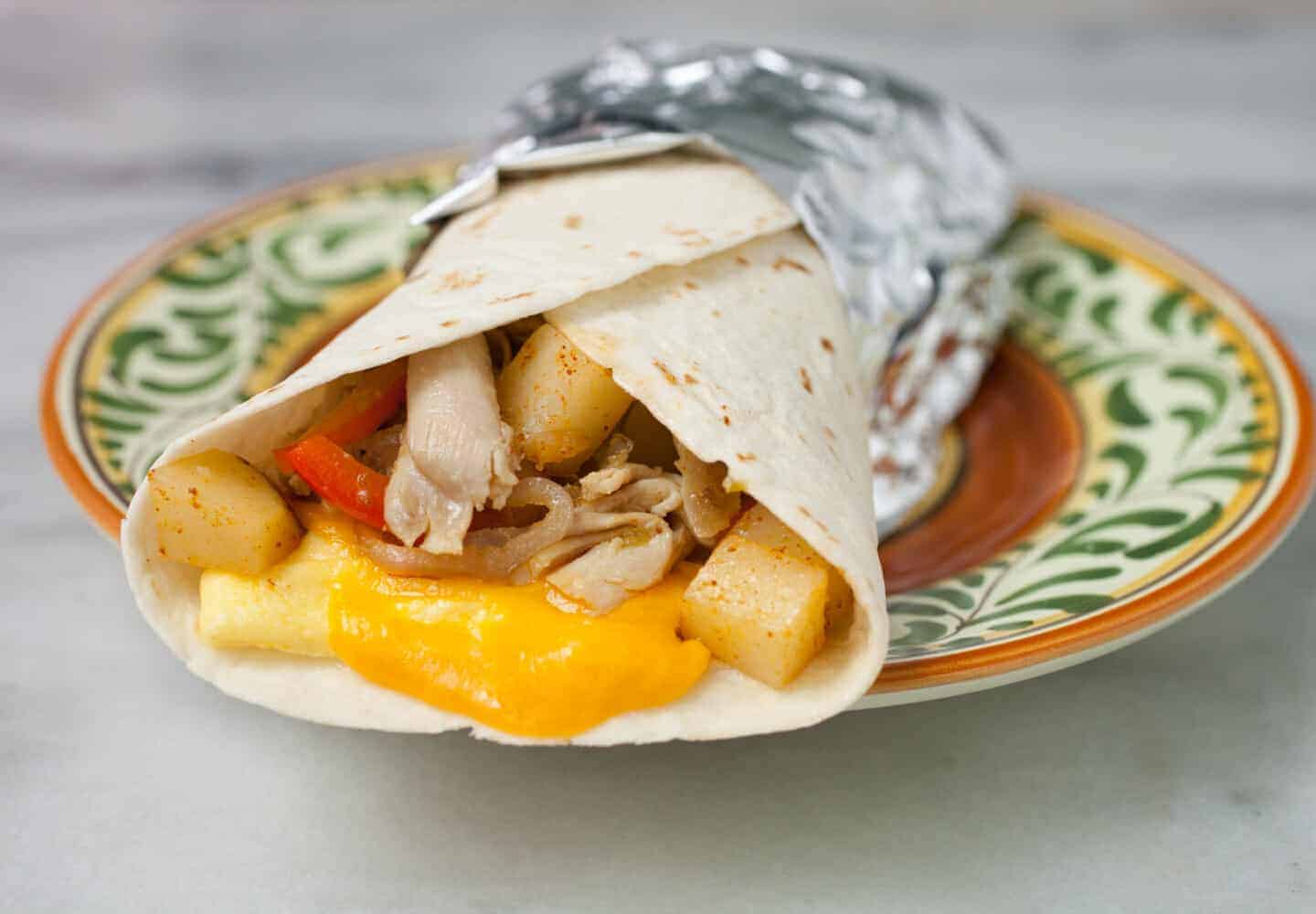
-
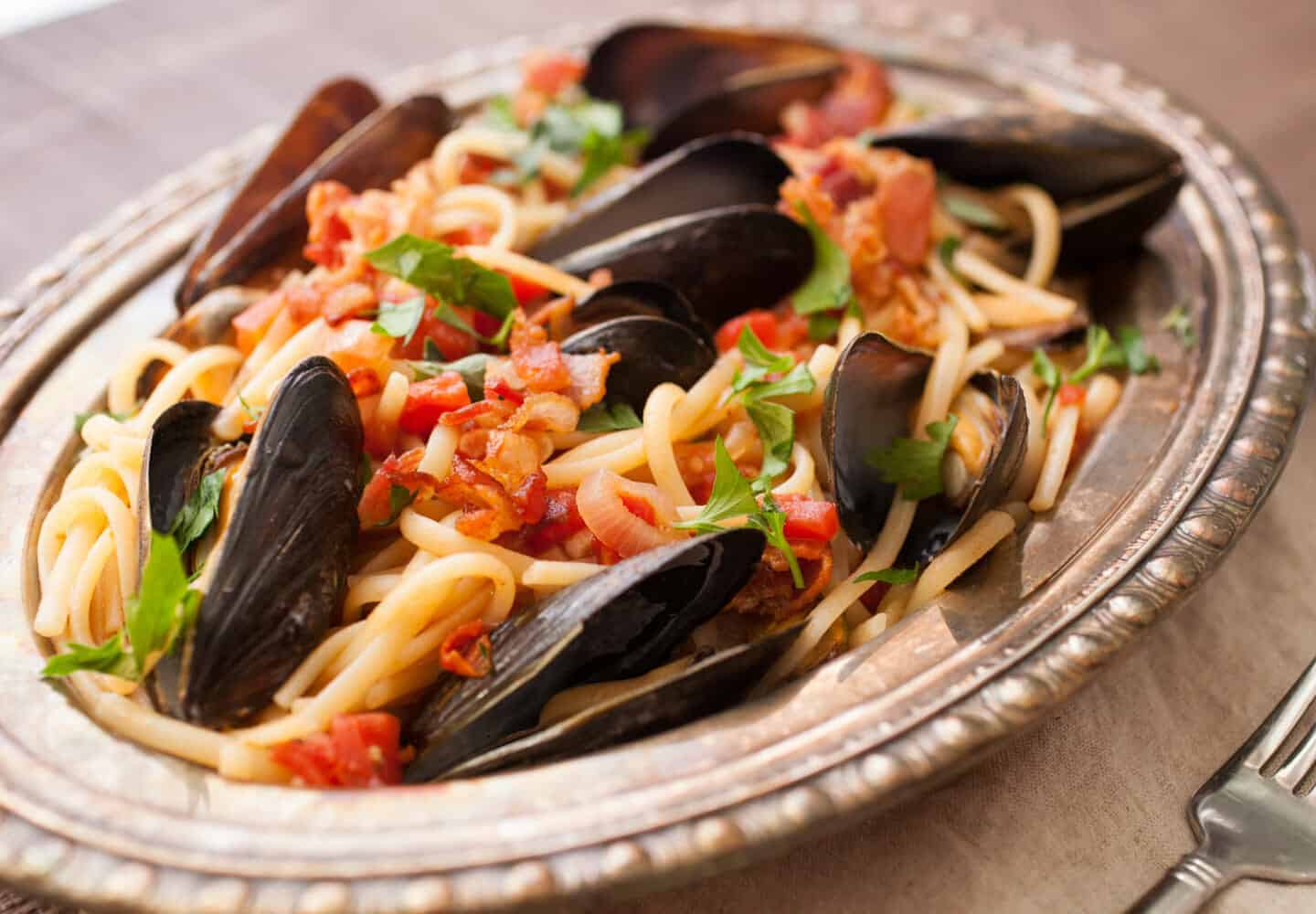
-

-
![Chimichurri Pork Rice Bowls Image]()
-
![Black Pepper Chicken Wings Image]()
-
![Hot Crab Dip Wonton Cups Image]()
-
![Easy Baked Shrimp Dip Image]()
-
![Pork Spring Rolls Image]()
-
![Spicy Miso Scrambled Eggs Image]()
-
![Simple Poached Sole Image]()
-
![Homemade Lasagna Image]()
-
![White Pizza Sauce Image]()
-
![Grilled Carnitas Image]()
-
![Pasta Primavera Image]()
-
![Sheet Pan Balsamic Chicken Image]()
-
![Zucchini Parmesan Pasta Image]()
-
![Southwestern Zucchini Noodle Bowls Image]()
-
![Summer Farro Salad Image]()
-
![Summer Vegetable Salad Image]()
-
![Baked Eggs with Spinach Image]()
-
![Perfect Spring Salad Image]()
-
![Creamy Lemon Spring Vegetable Pasta Image]()
-
![Green Beans with Brown Butter, Crispy Shallots, and Hazelnuts Image]()
-
![Lemon Arugula Pasta with Burrata Image]()
-
![Stone Fruit Kale Salad Image]()
-
![Roasted Chickpea Taco Salad Image]()
-
![Stuffed Portobello Mushrooms with Farro, Butternut Squash and Kale Image]()
-
![Goat Cheese Lemon Pasta with Kale Image]()
-
![BBQ Chicken Salad Image]()
-
![Vegetable Confetti Soup Image]()
-
![Roasted Sweet Potato and Spinach Risotto Image]()
-
![Kickin' Orange Chicken and Broccoli Rice Bowls Image]()
-
![Easy Creamed Swiss Chard with Garlic Breadcrumbs Image]()
-
![Citrus Shrimp and Avocado Salad Image]()
-
![Chilled Corn and Crab Soup Image]()
-
![Sweet and Sour Asian Pickled Cucumbers Image]()
-
![Poached Salmon With Dill Sour Cream Sauce Image]()
-
![Korean Beef Bulgogi Image]()
-
![Grilled Halibut with Tomato Avocado Salsa Image]()
-
![Beet, Avocado and Fried Goat Cheese Salad Image]()
-
![Roasted Mushroom Beef Stroganoff Image]()
-
![Baked Balsamic Vegetables Recipe Image]()
-
![Citrus, Fennel and Avocado Salad Image]()




